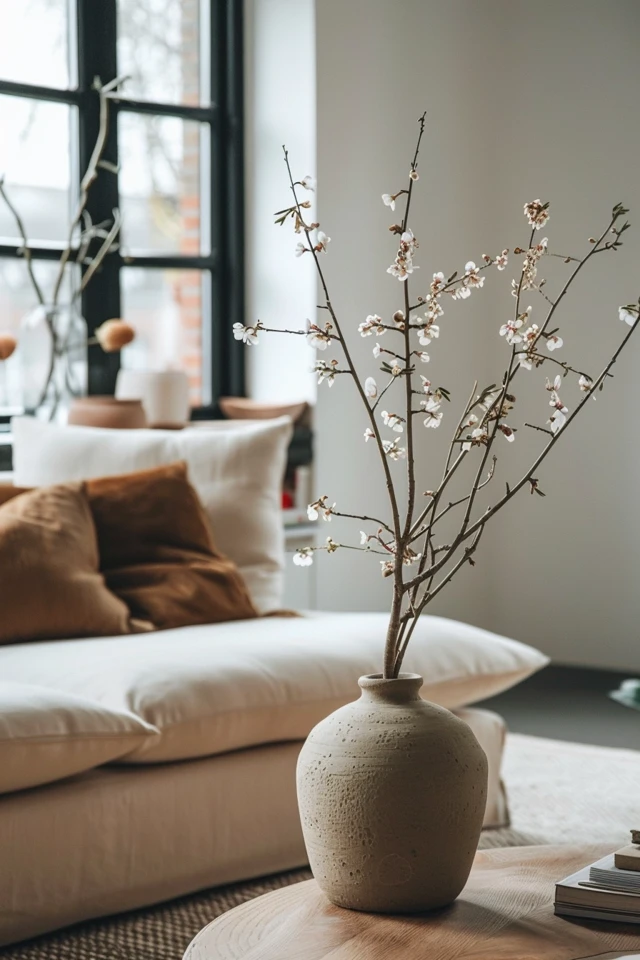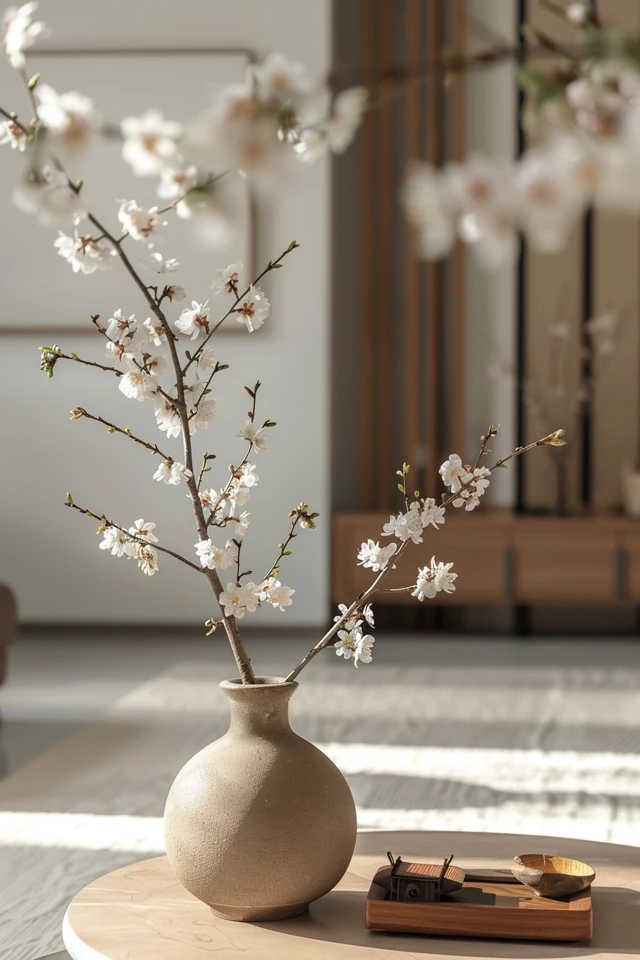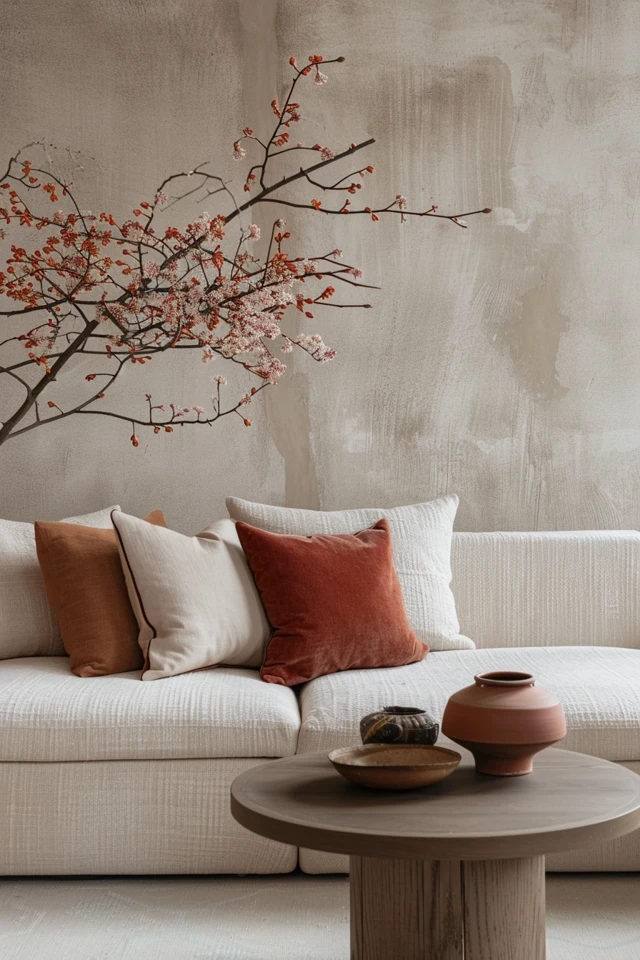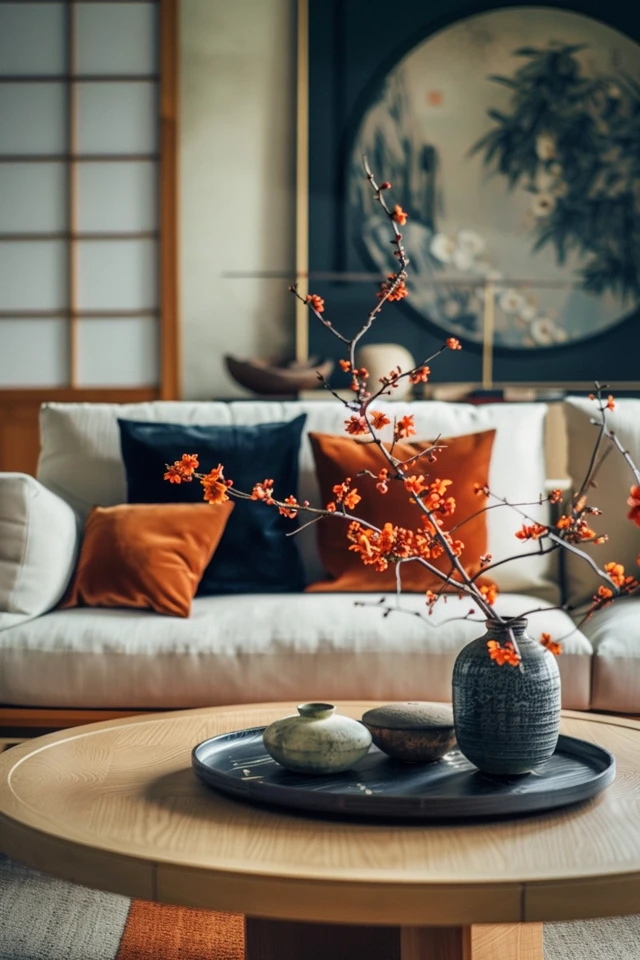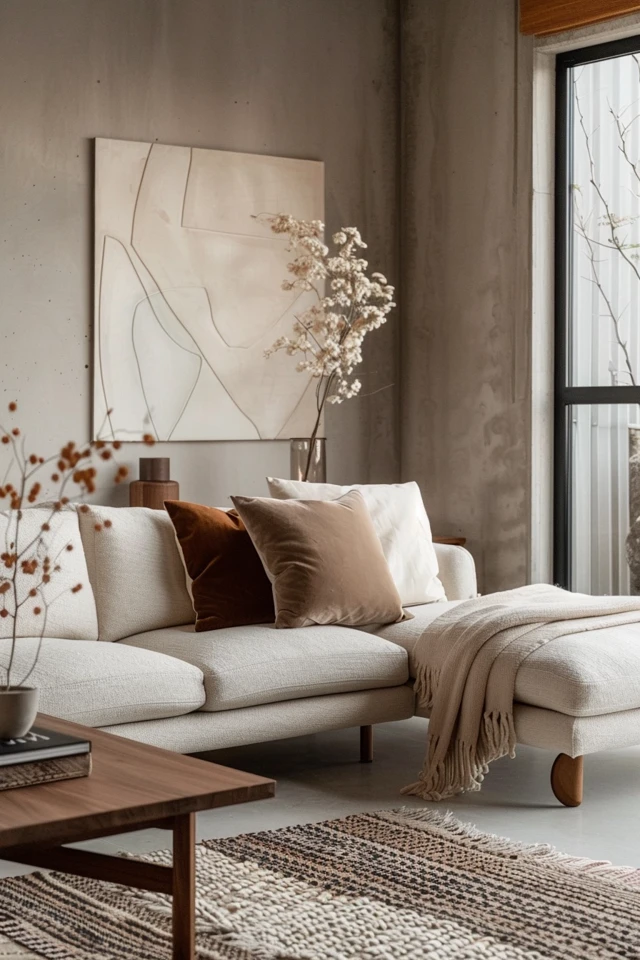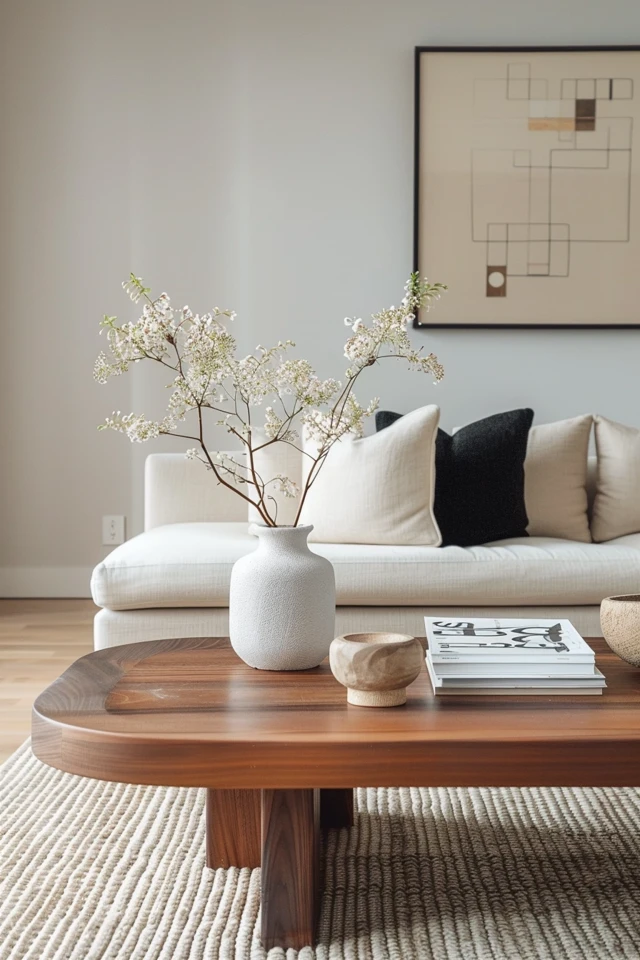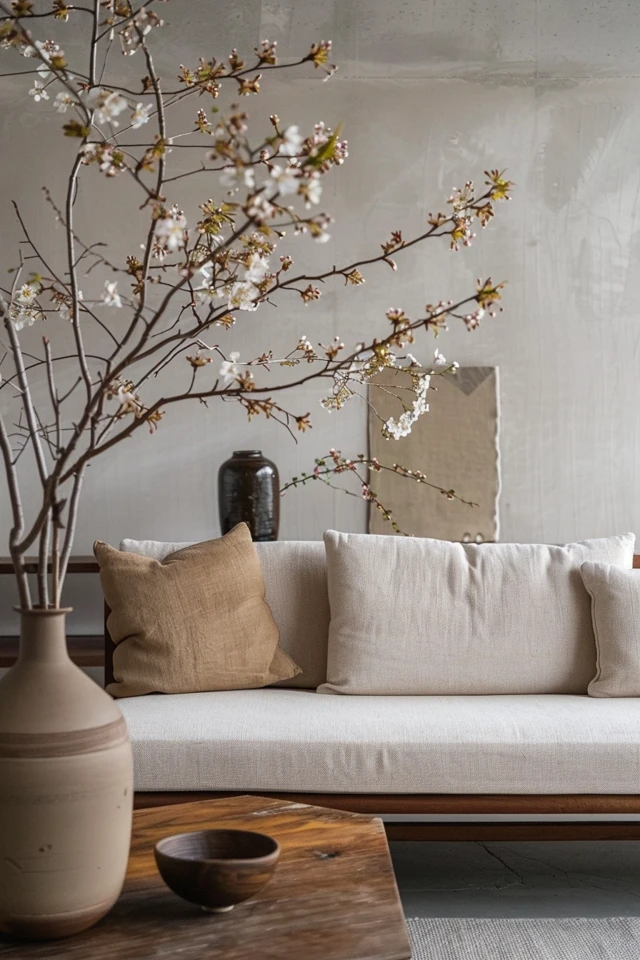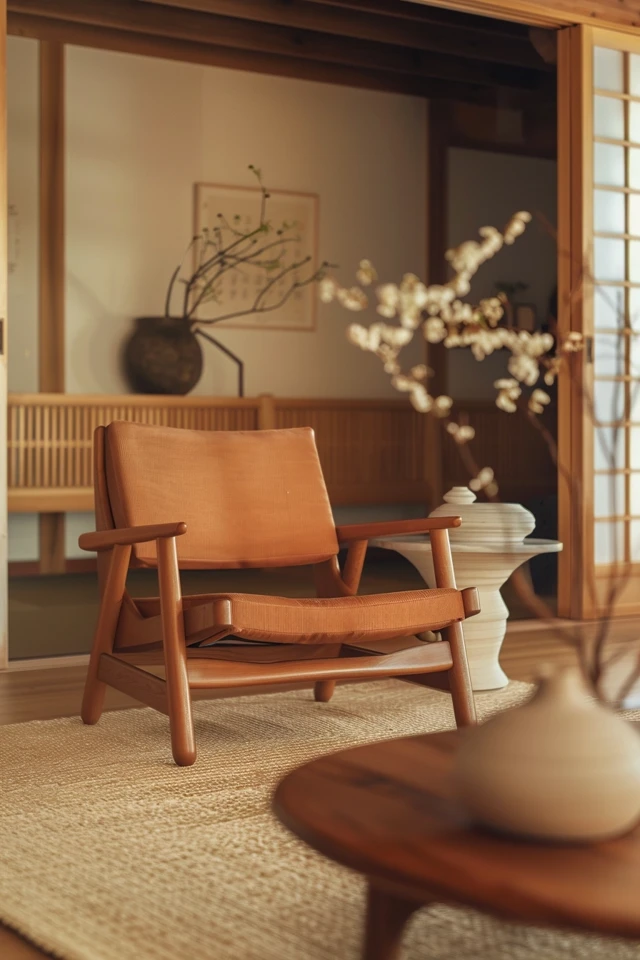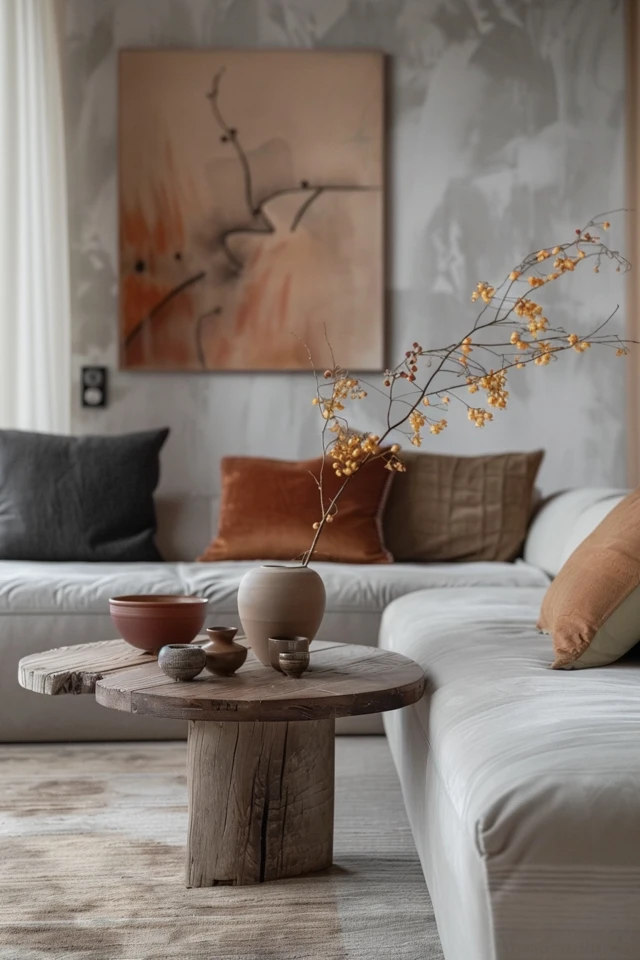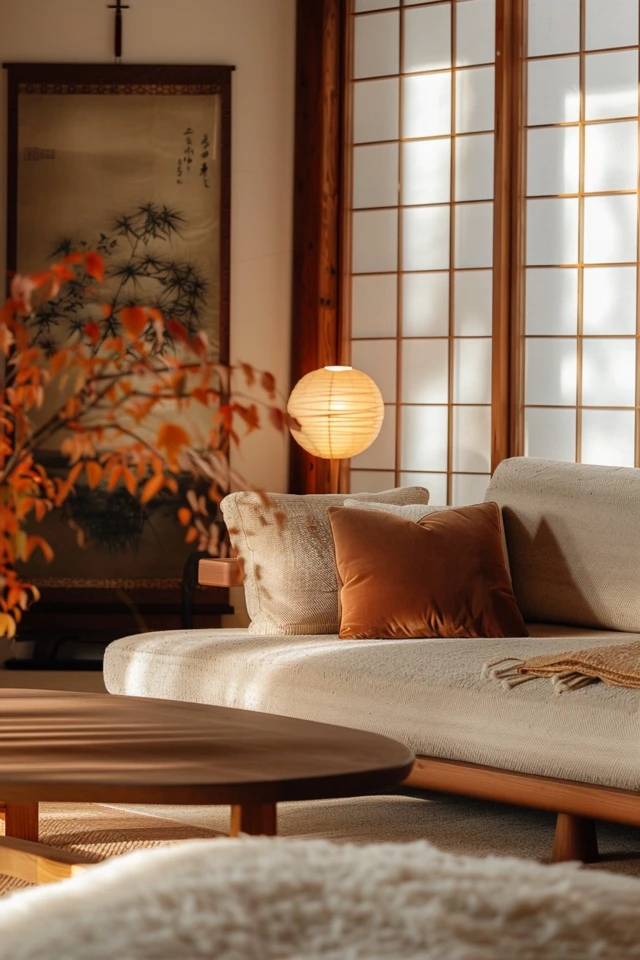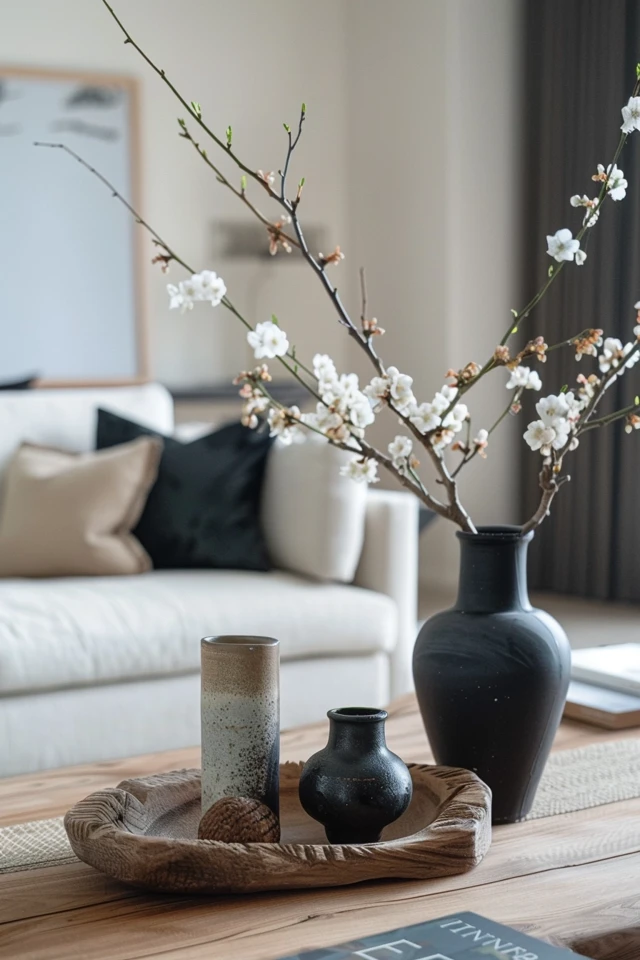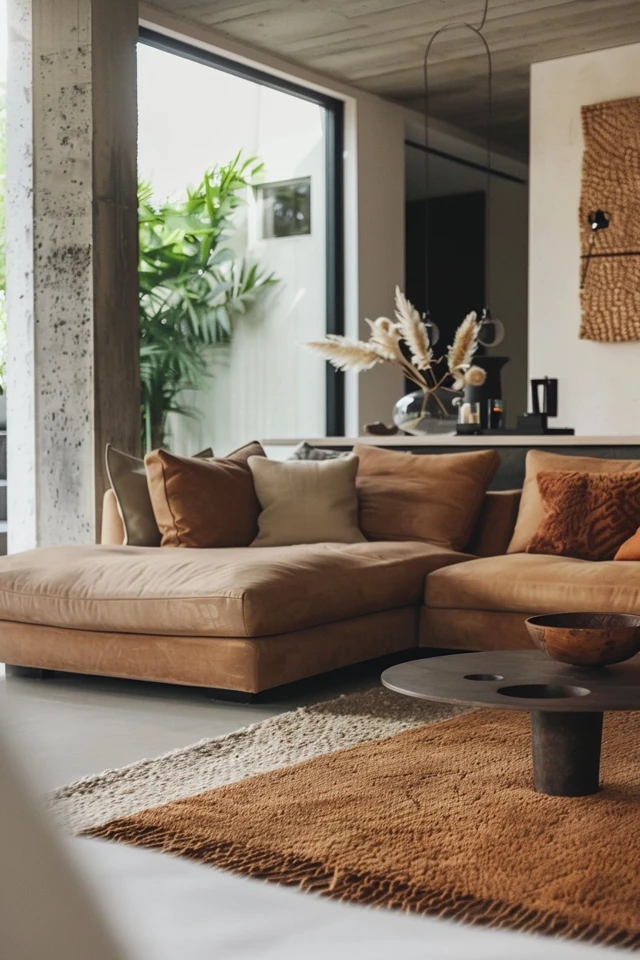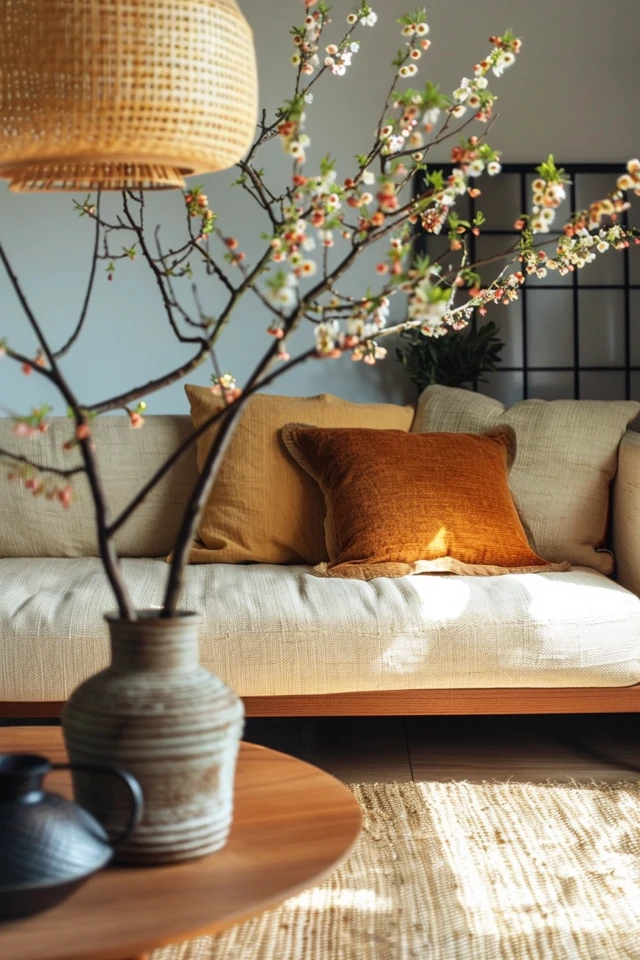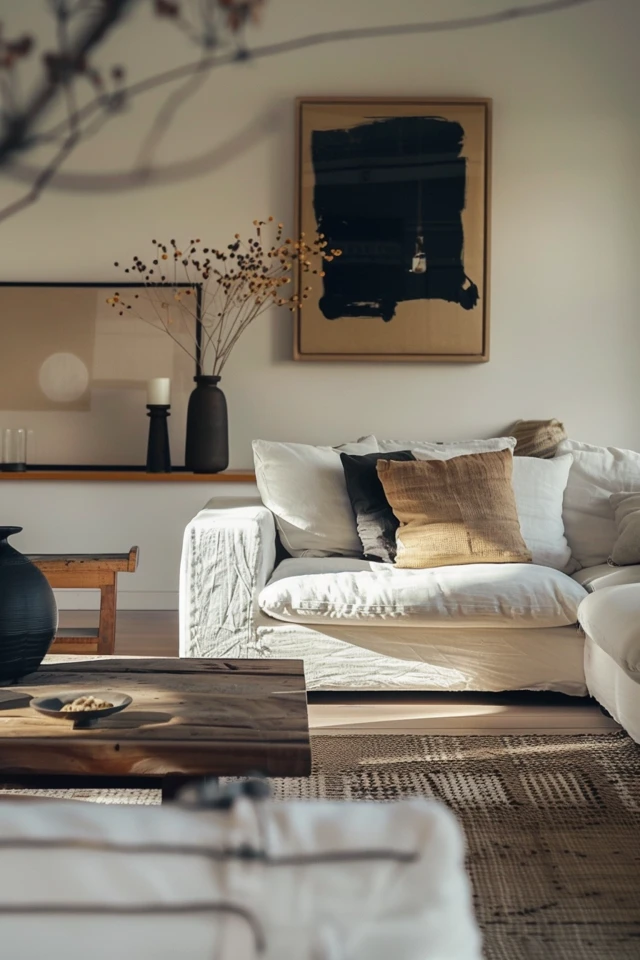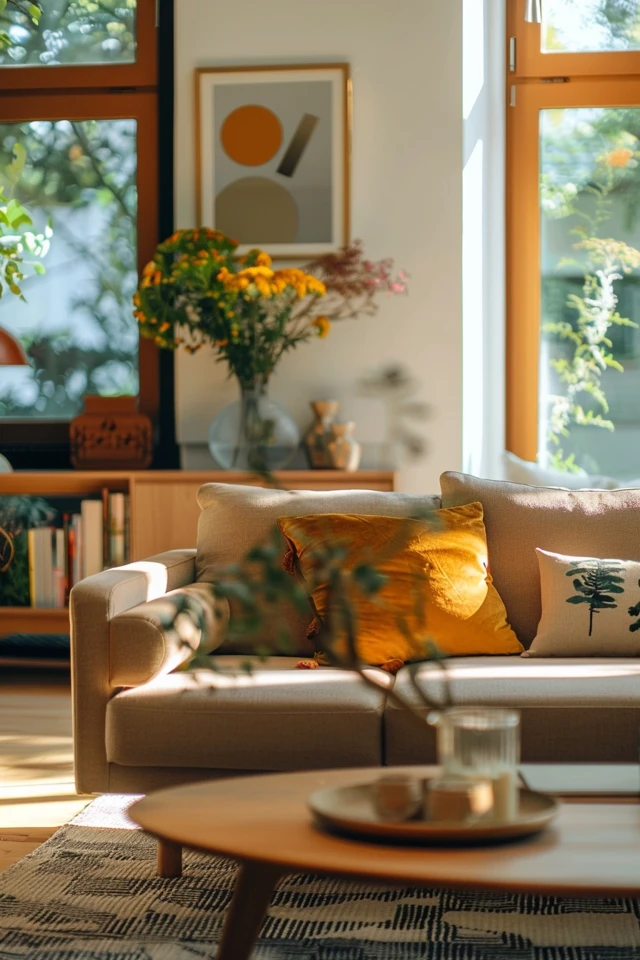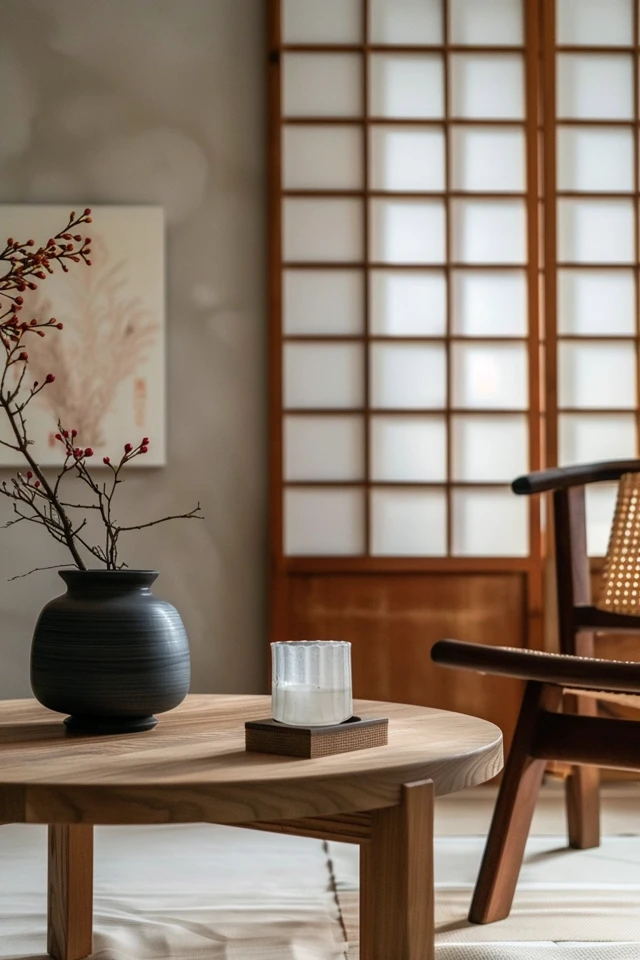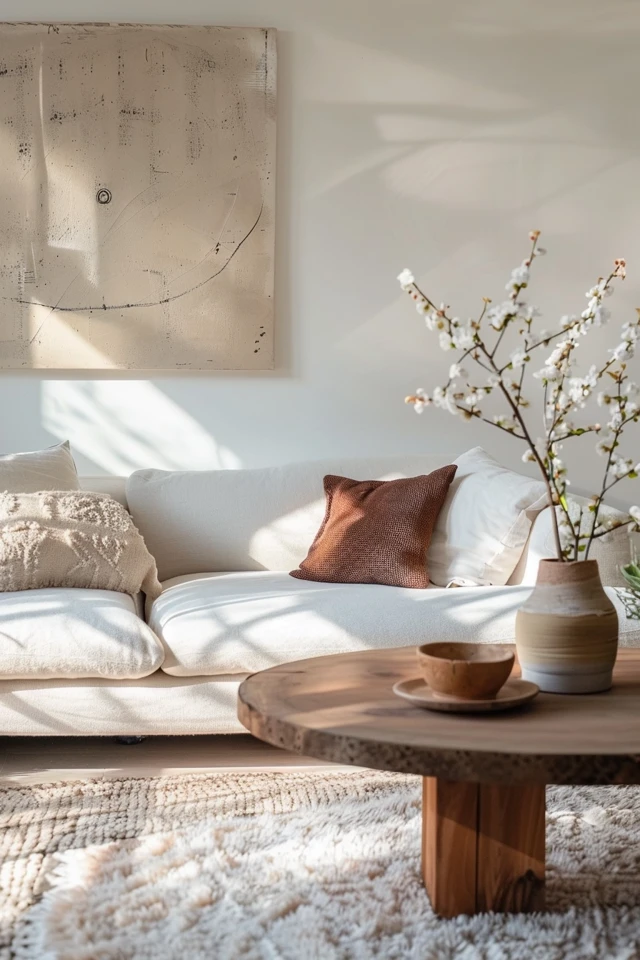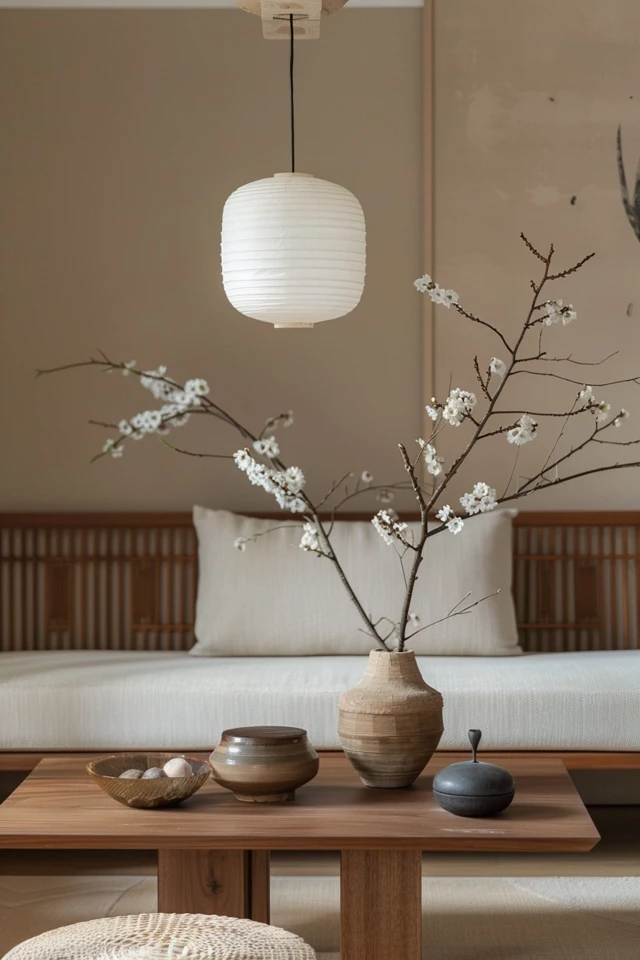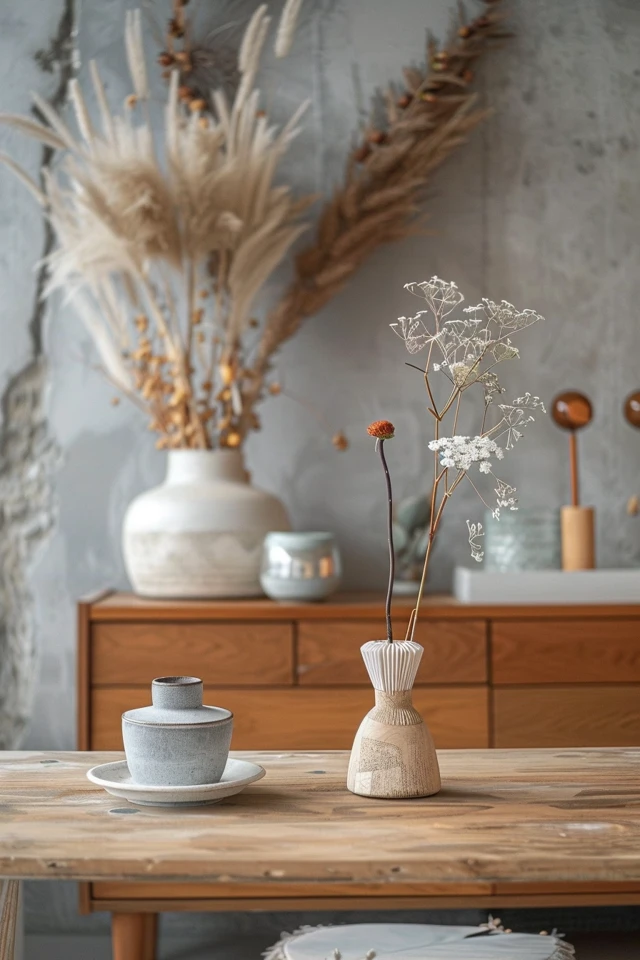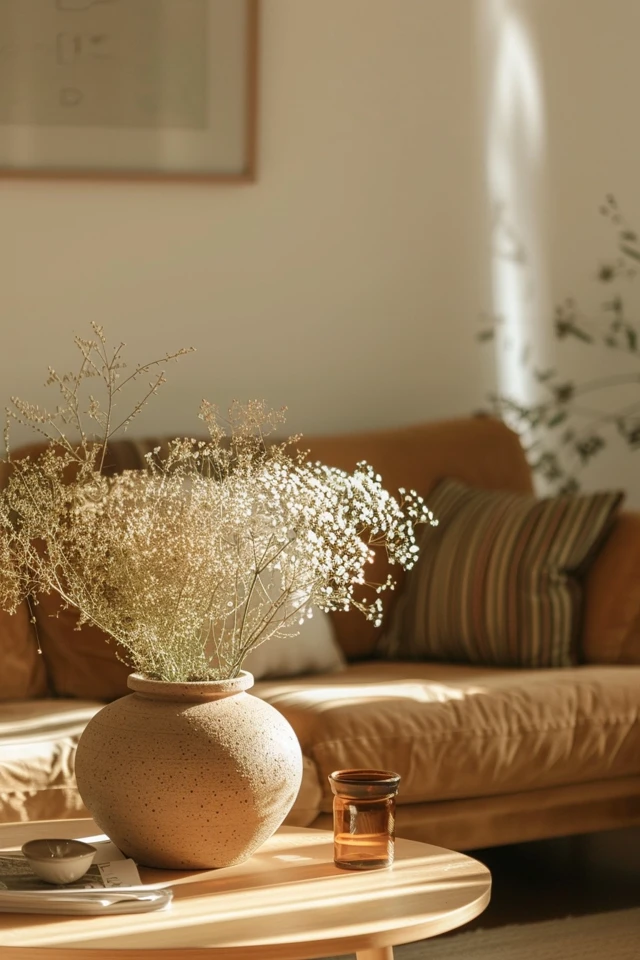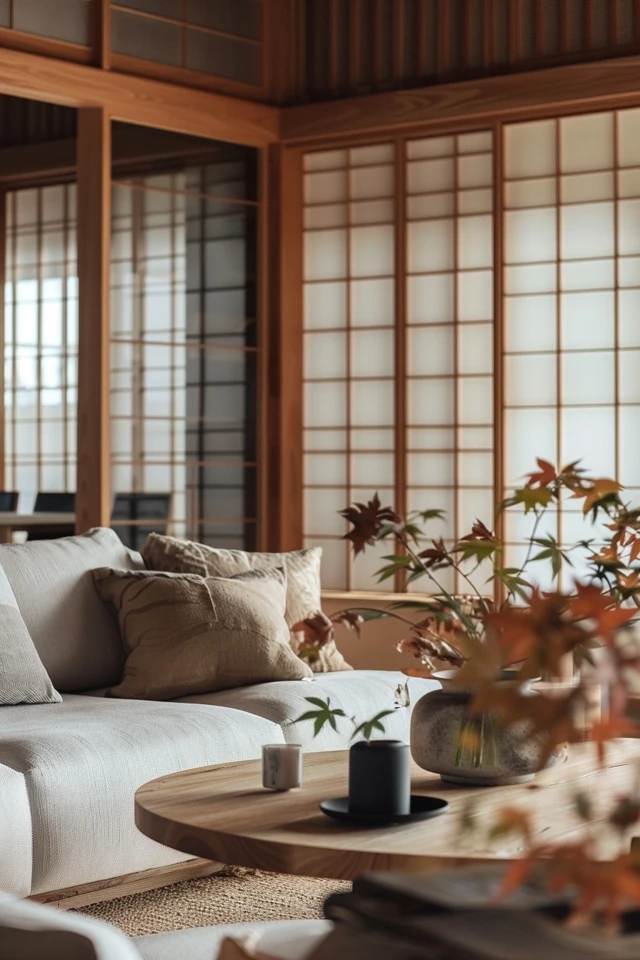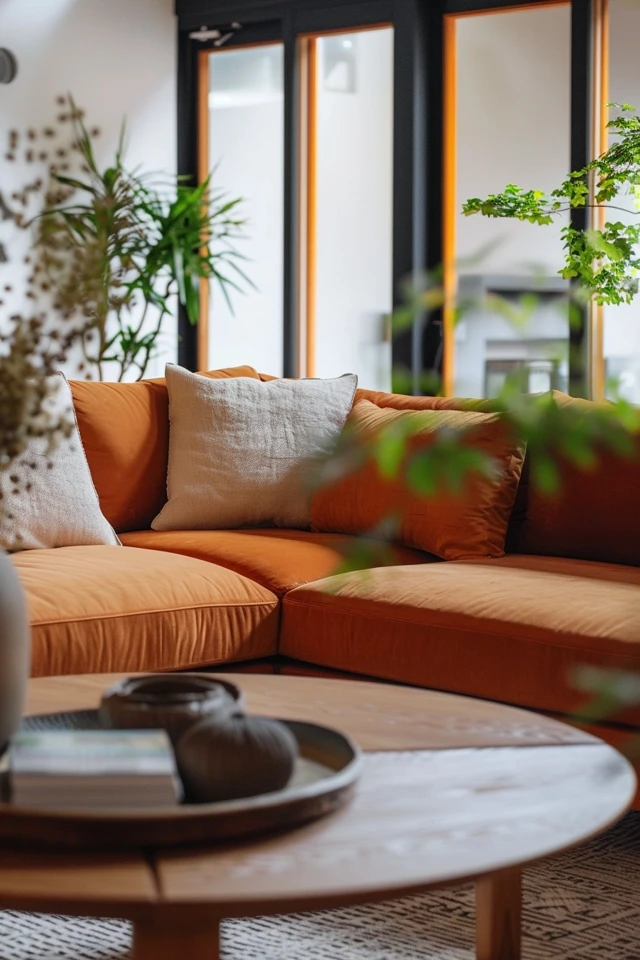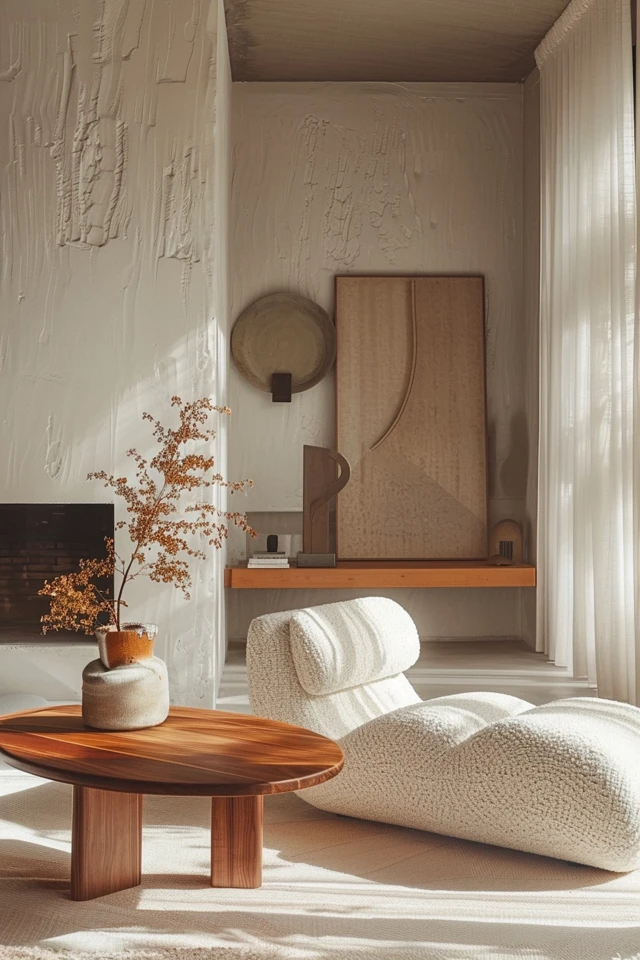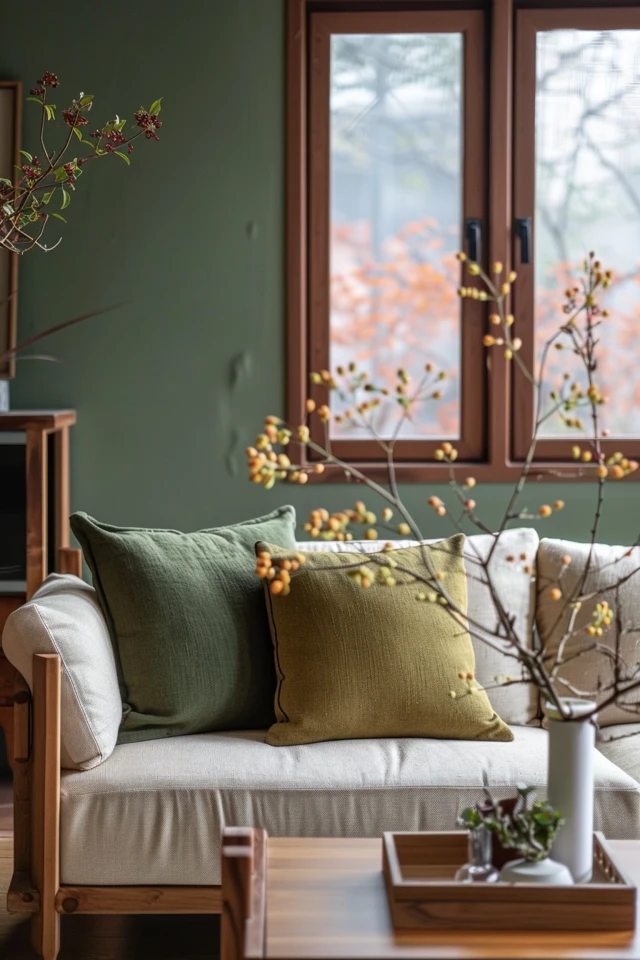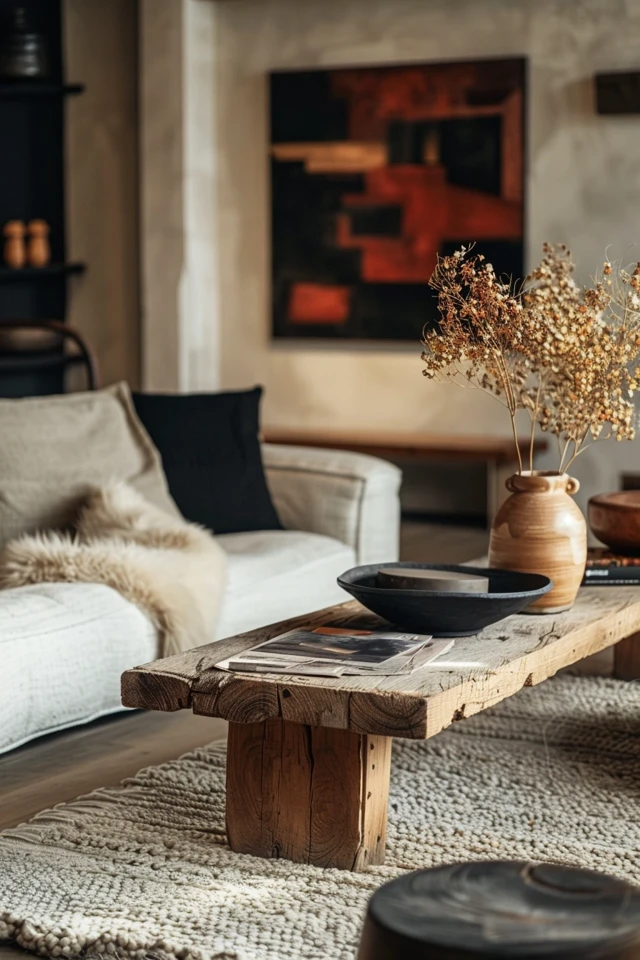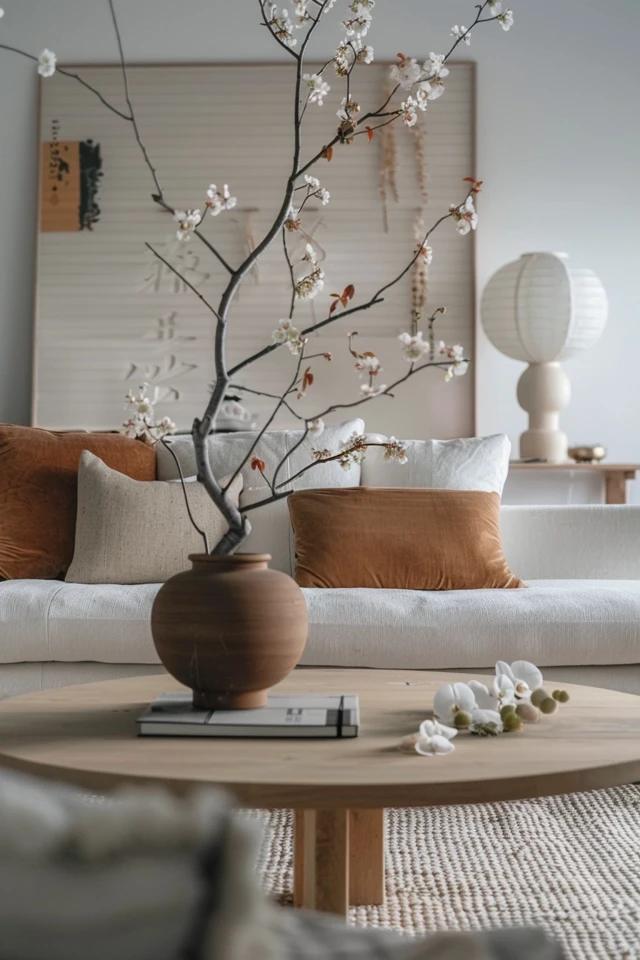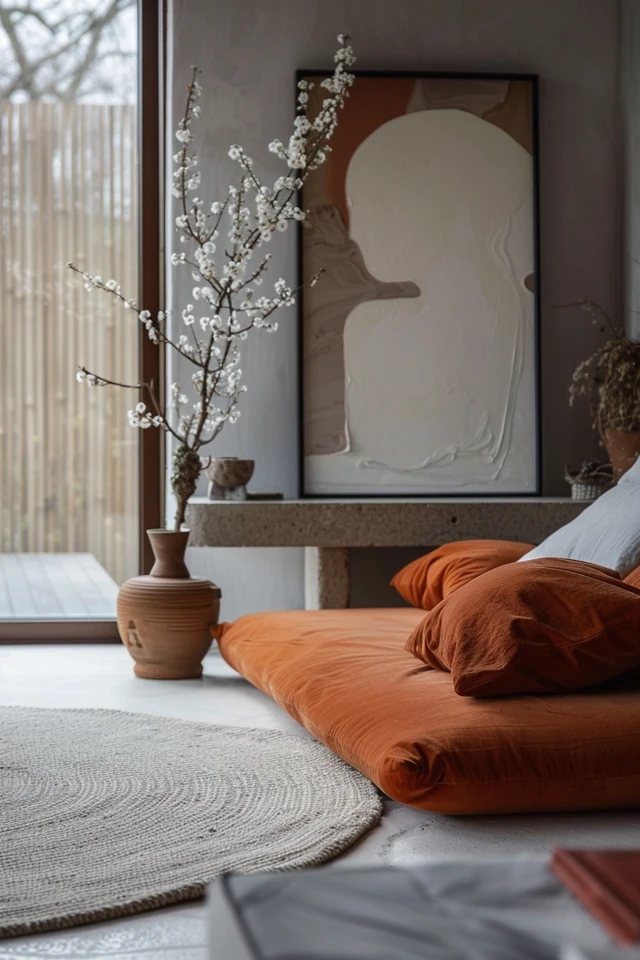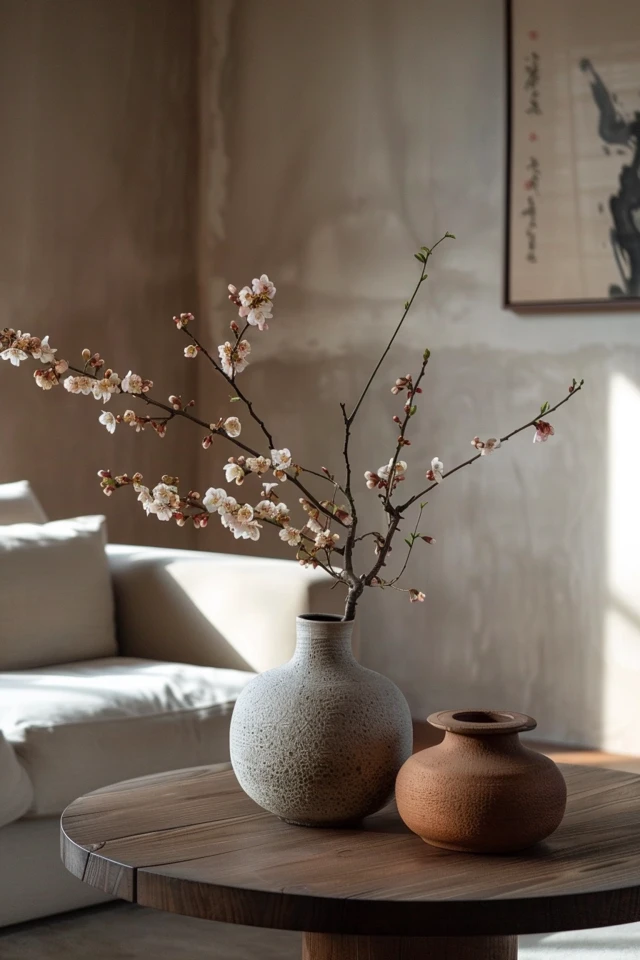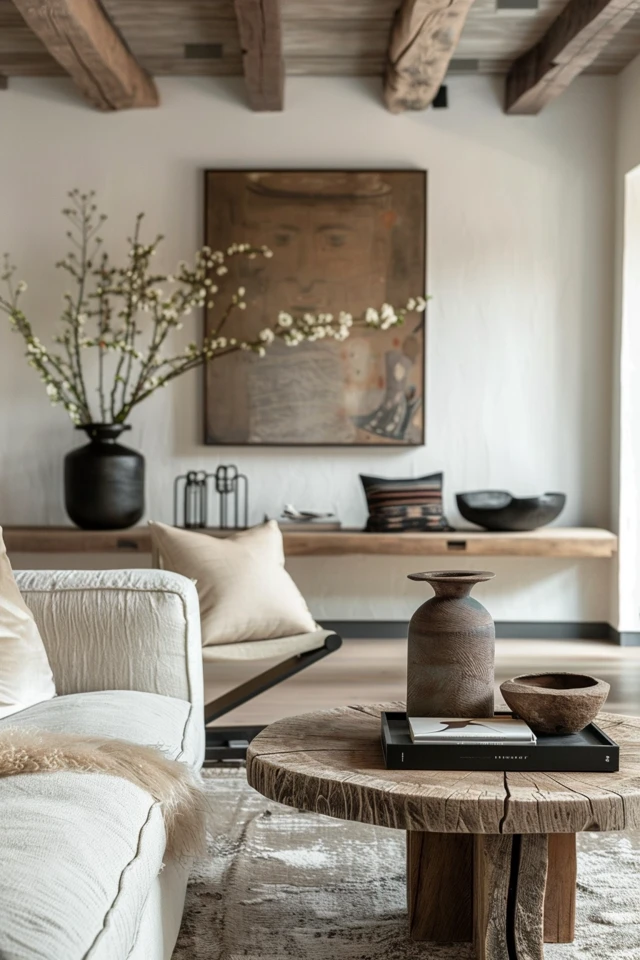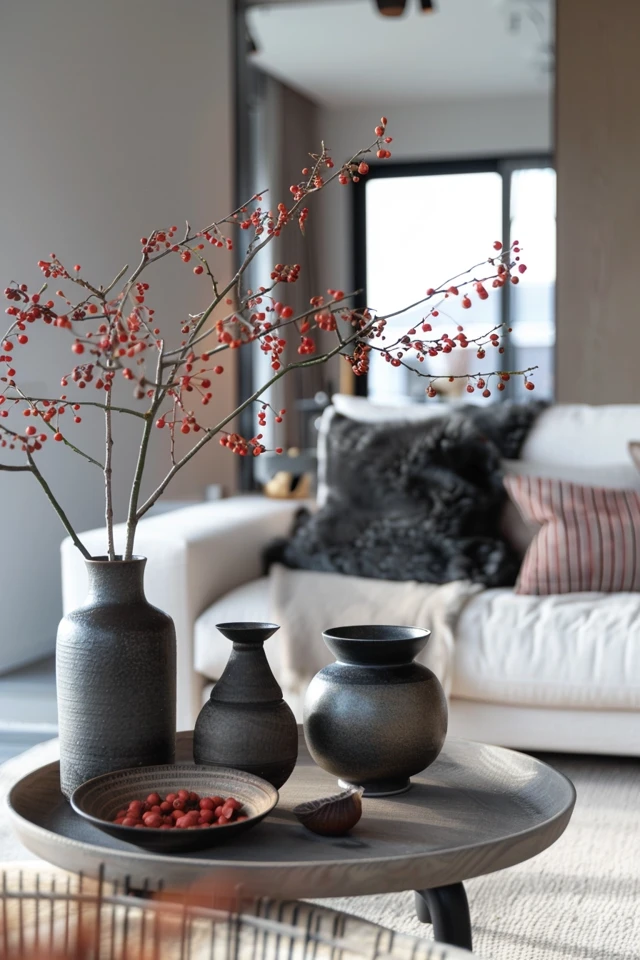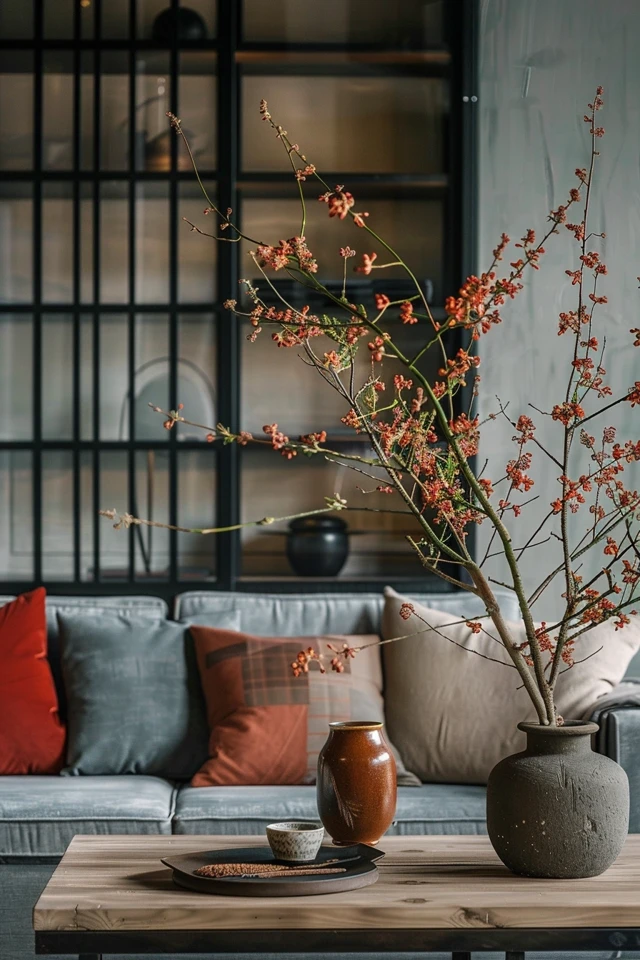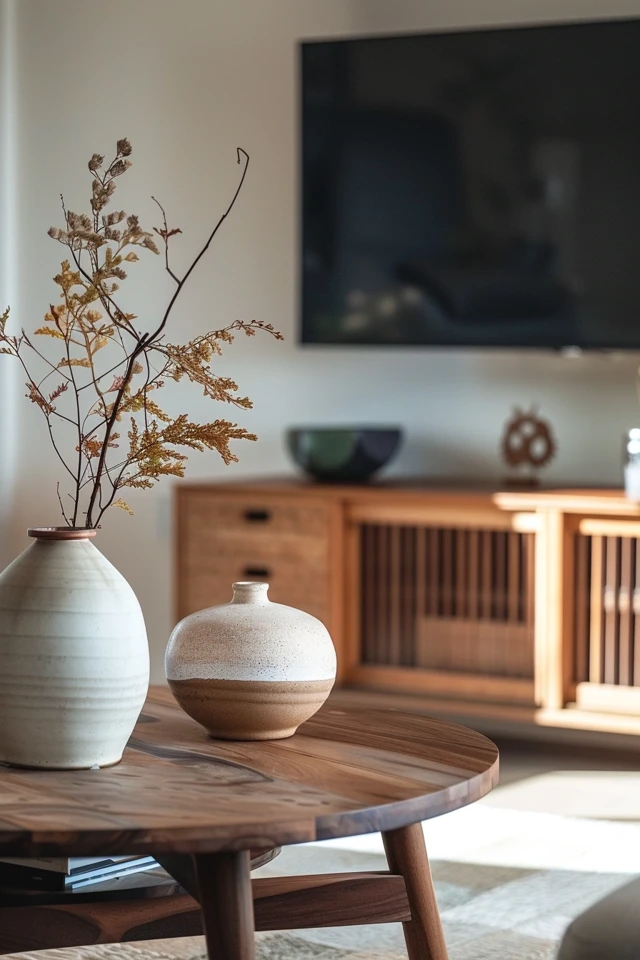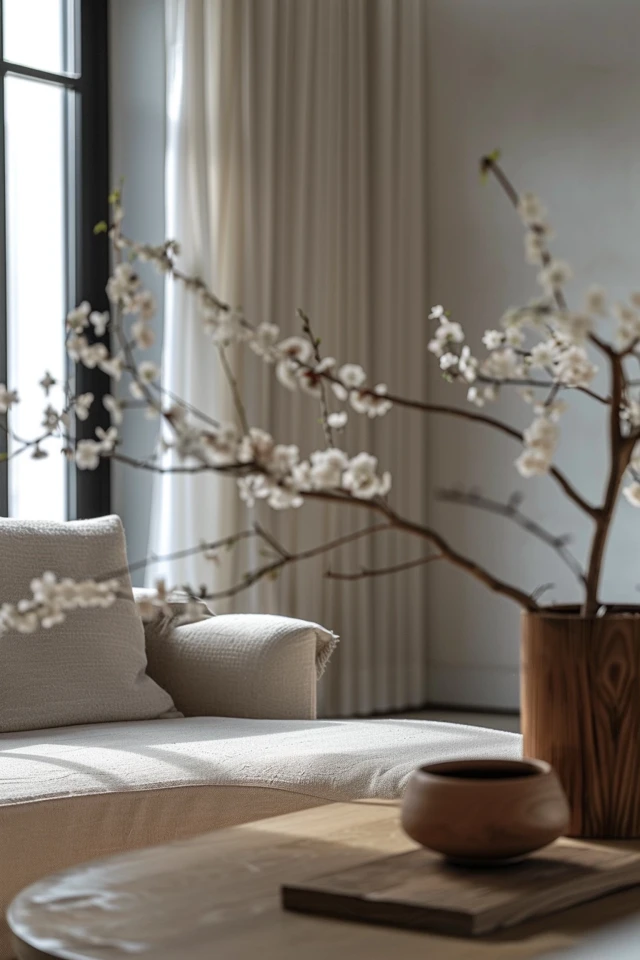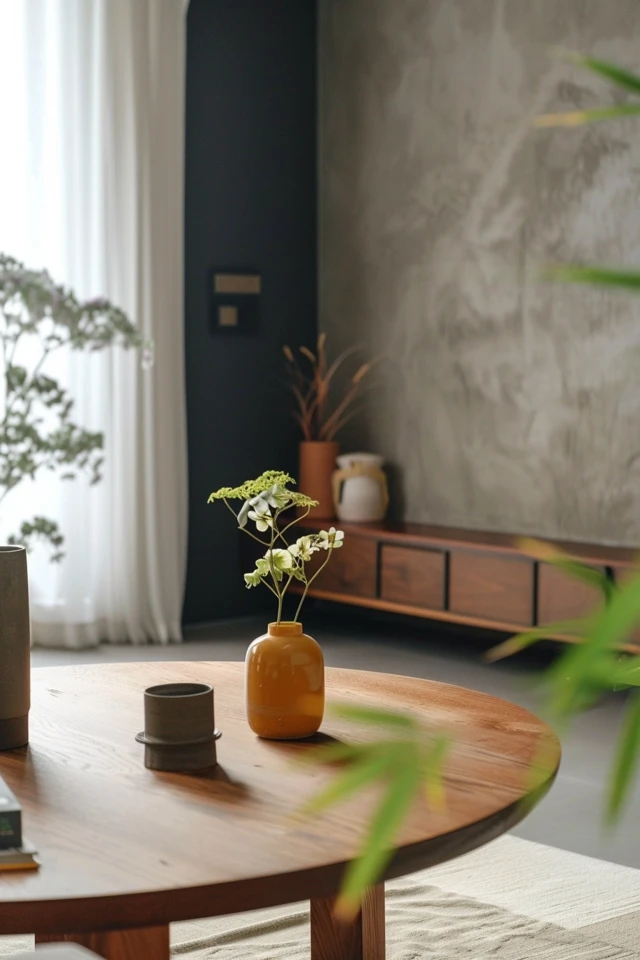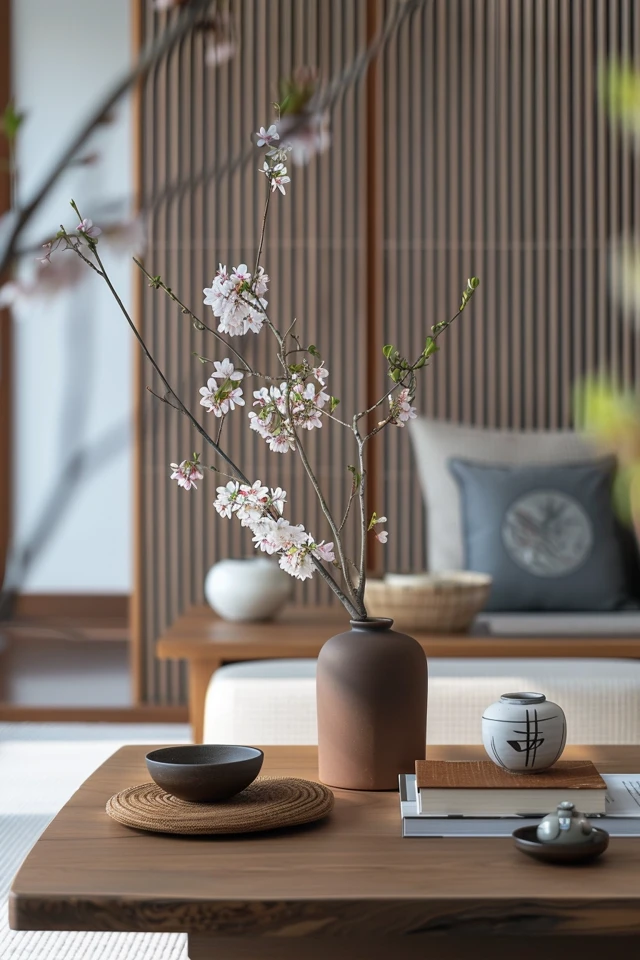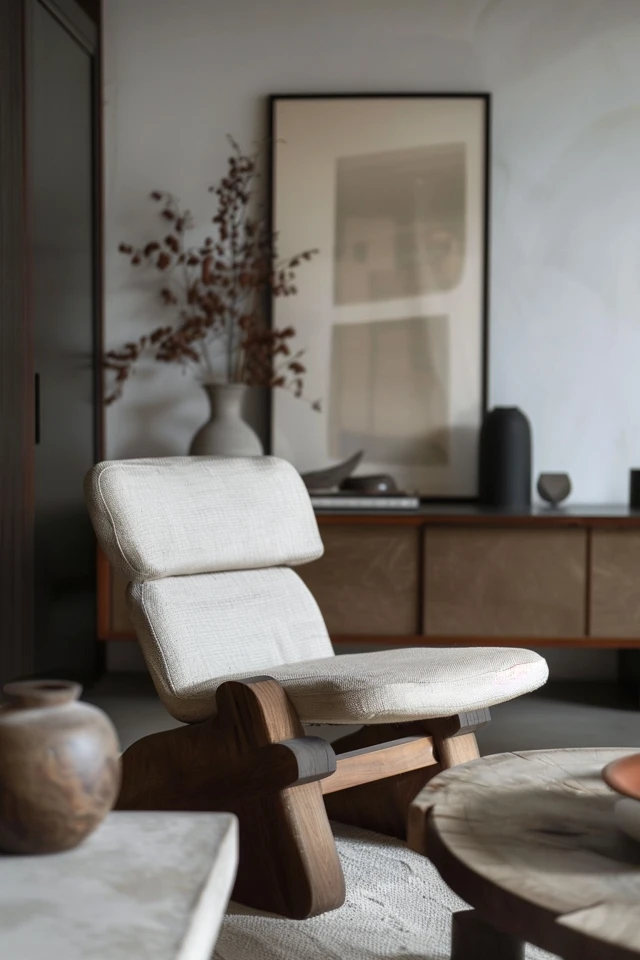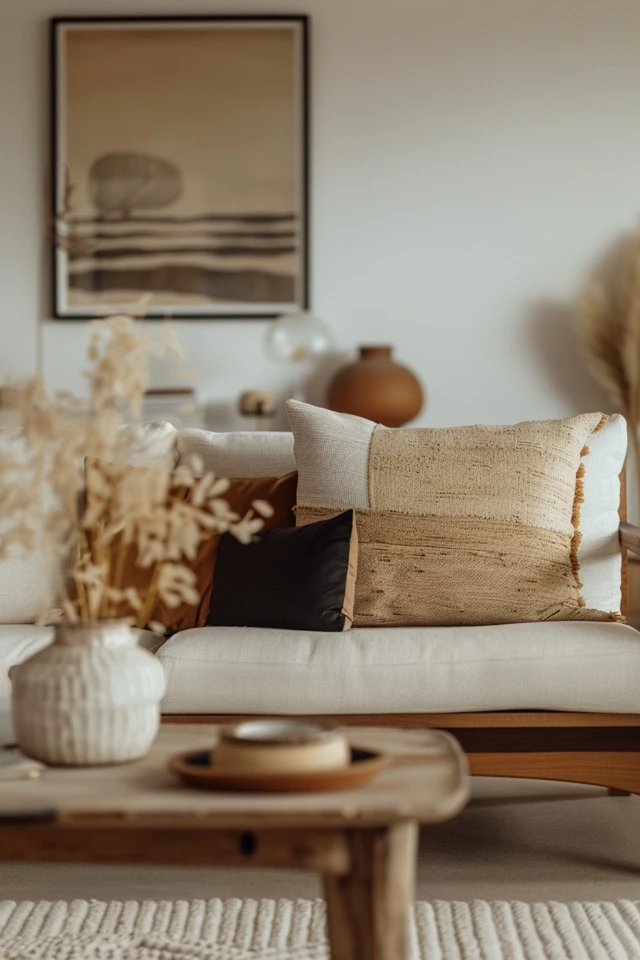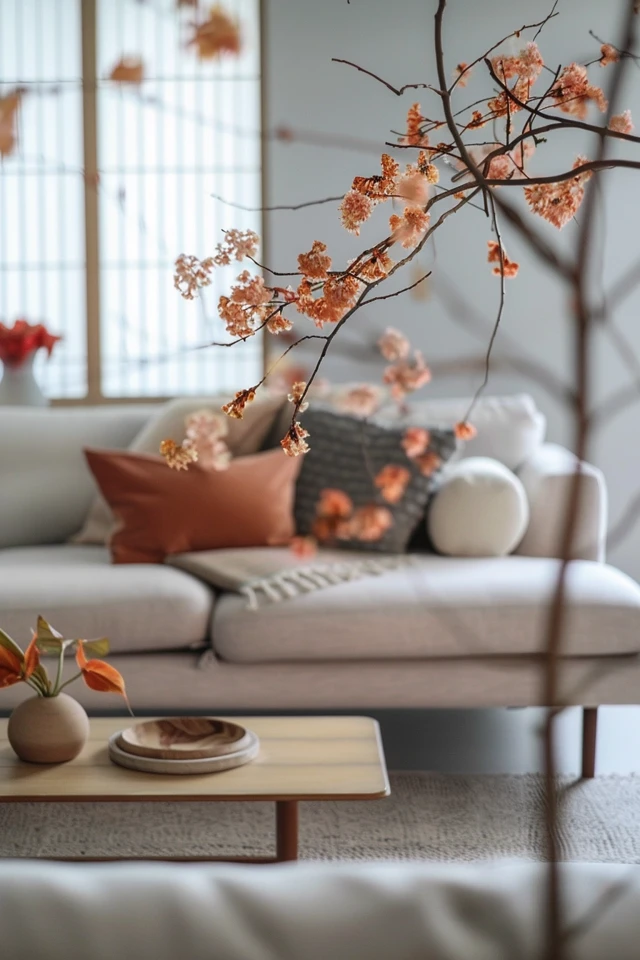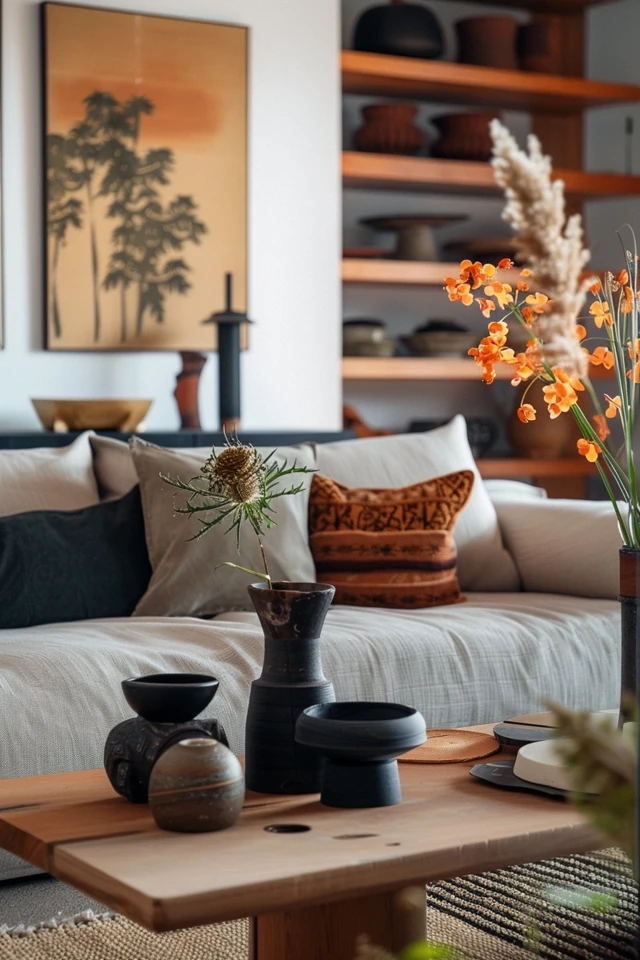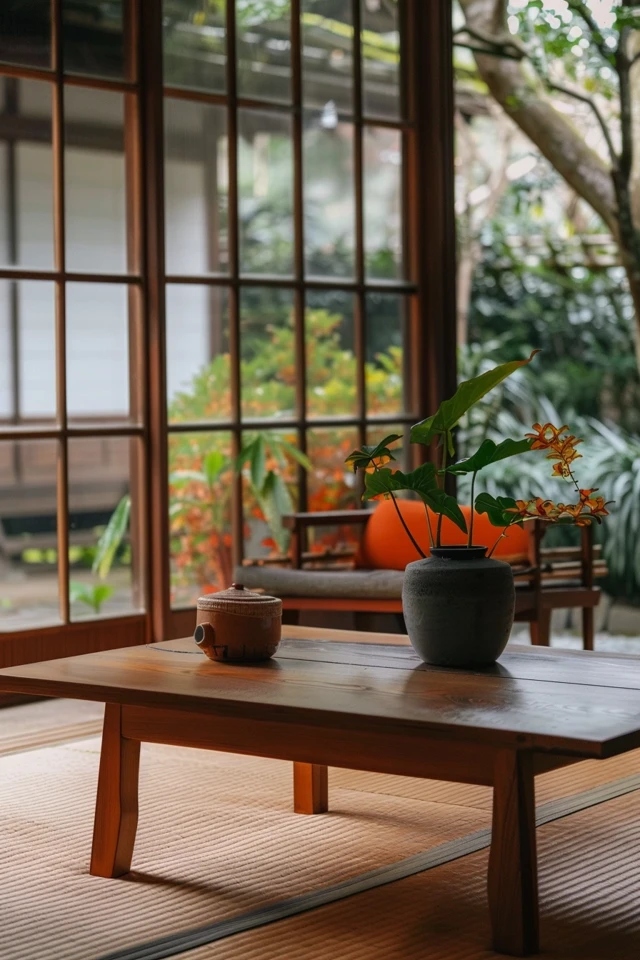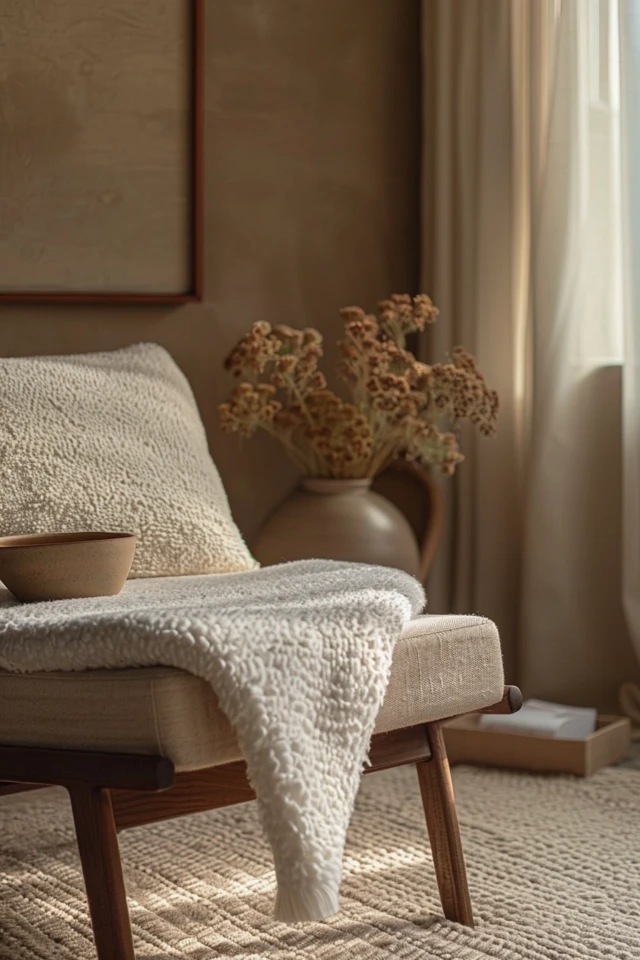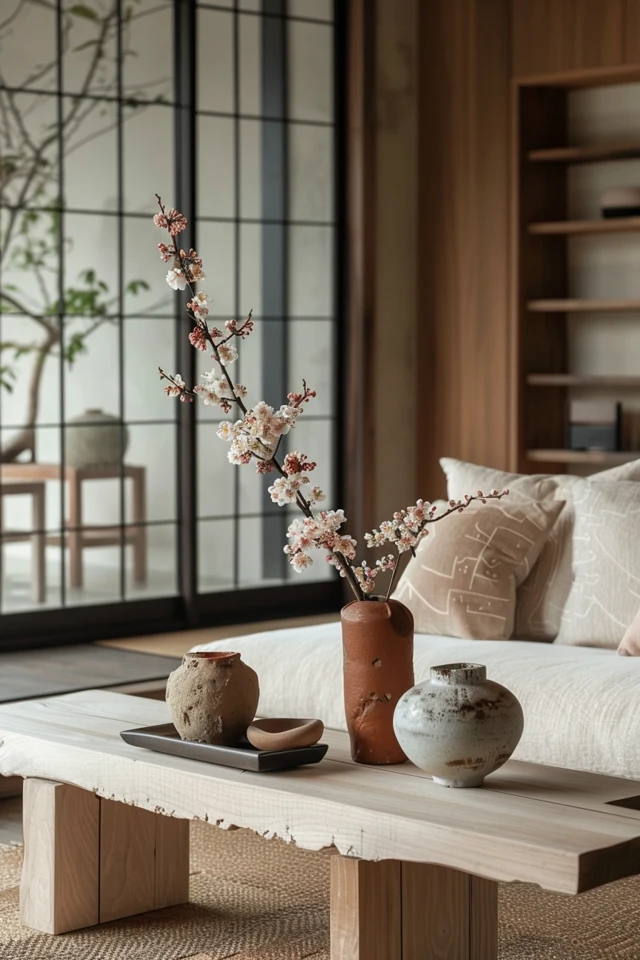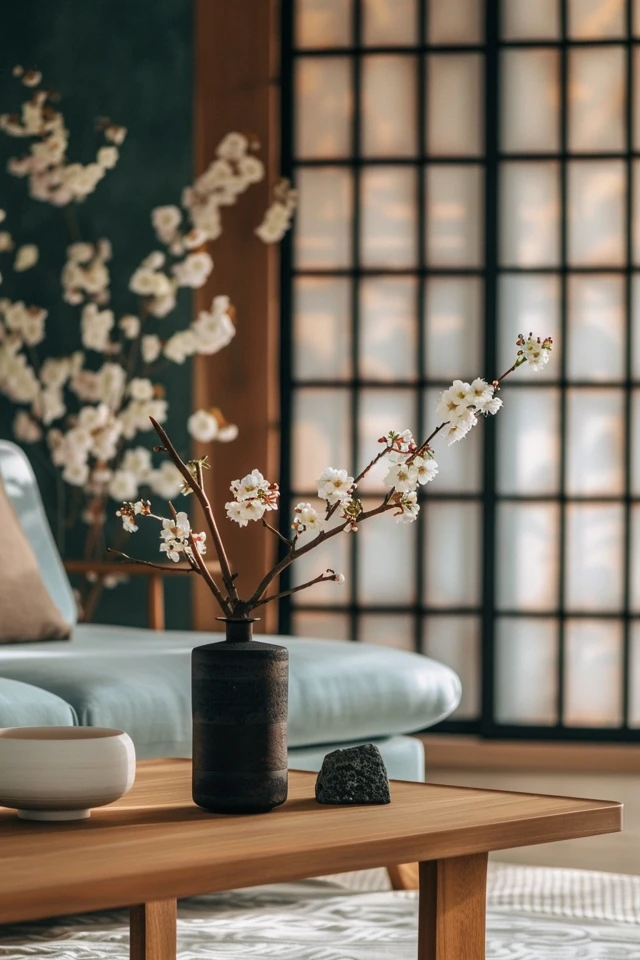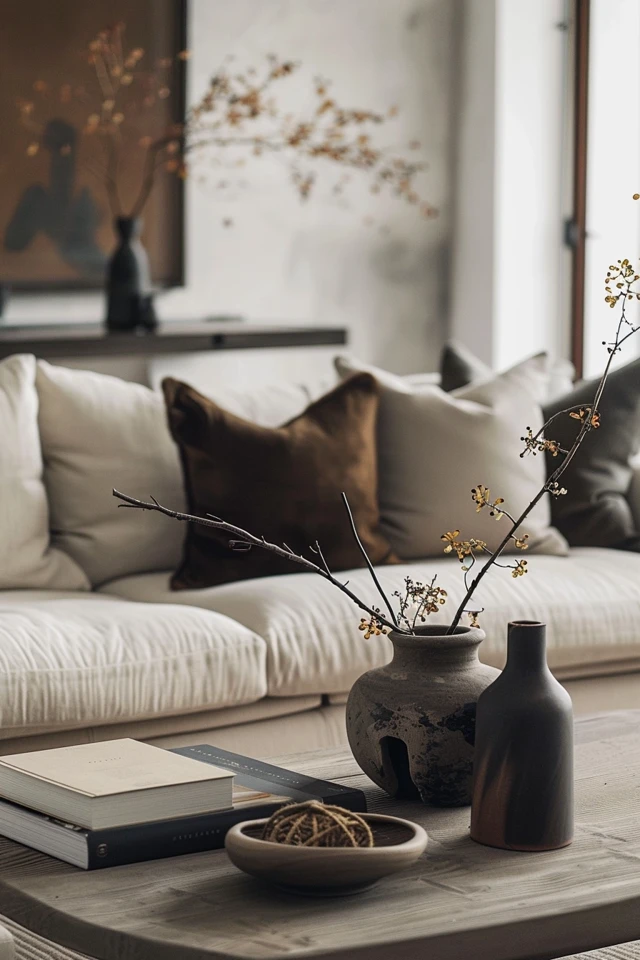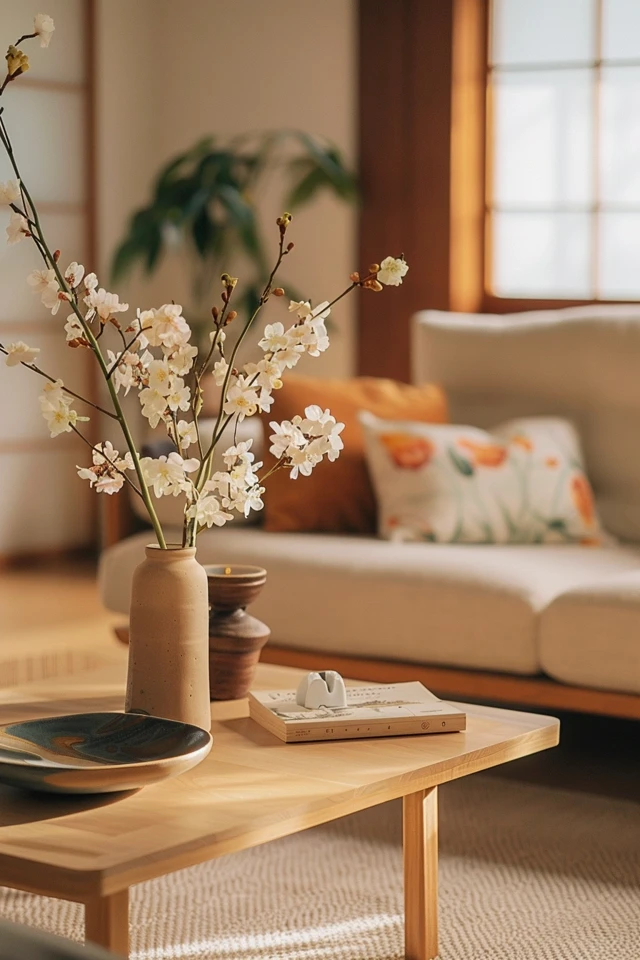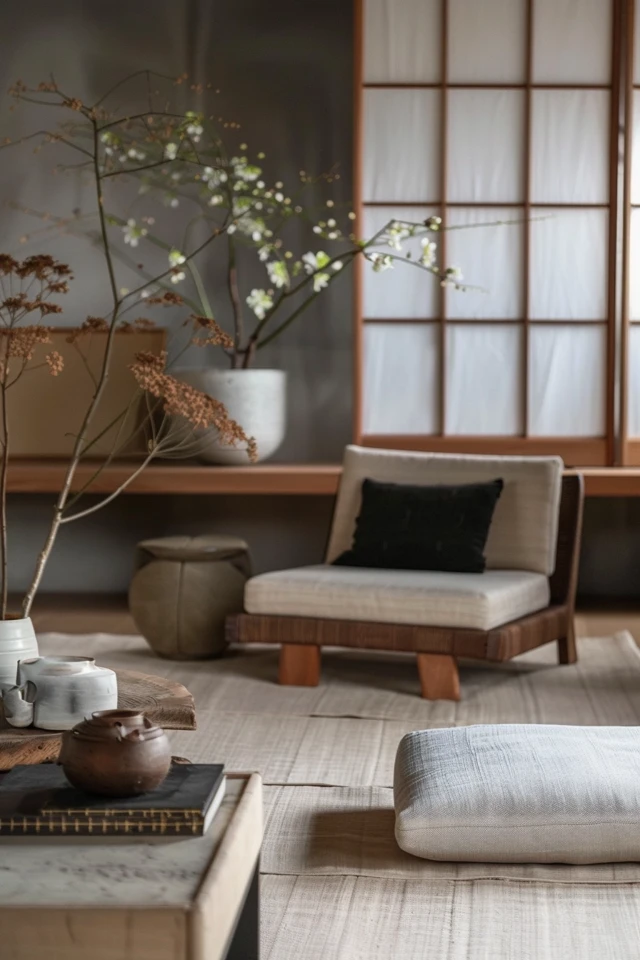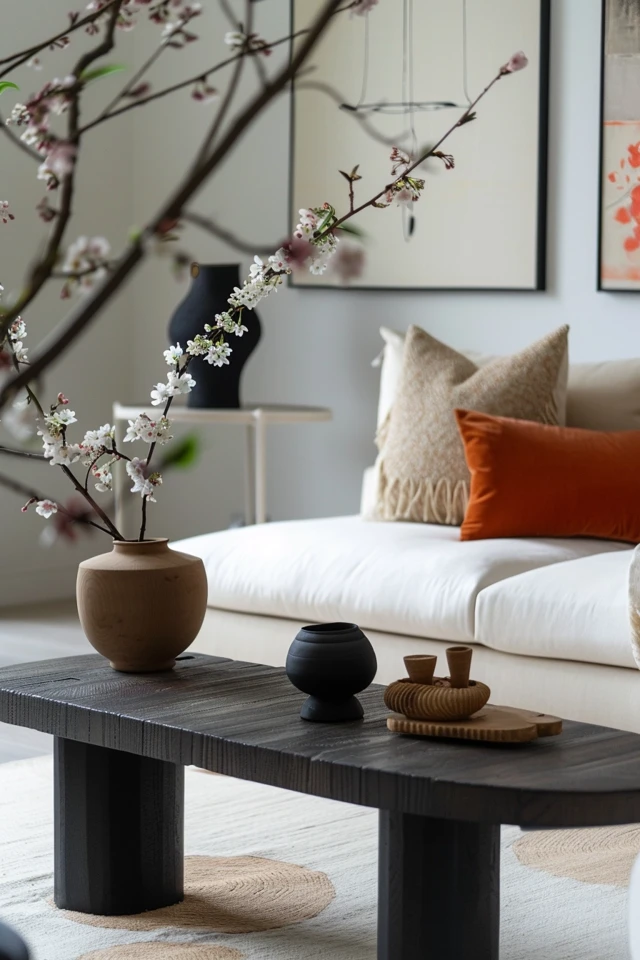Japanese Vibe Living Room Ideas for a Zen Space
Creating a Japanese-inspired living room can transform your home into a serene retreat, perfect for relaxation and mindfulness. This design style, rooted in minimalism and natural elements, emphasizes simplicity, tranquility, and harmony with nature. As an architect and interior designer with expertise in evidence-based design, I will guide you through various ideas to help you achieve a Zen living space that promotes peace and well-being.
Key Takeaways:
- Incorporate natural materials to enhance a connection with nature.
- Utilize minimalist design principles to create a clutter-free environment.
- Integrate traditional Japanese elements to achieve authenticity.
- Focus on a calming color palette to promote relaxation.
- Add personal touches to make the space uniquely yours.
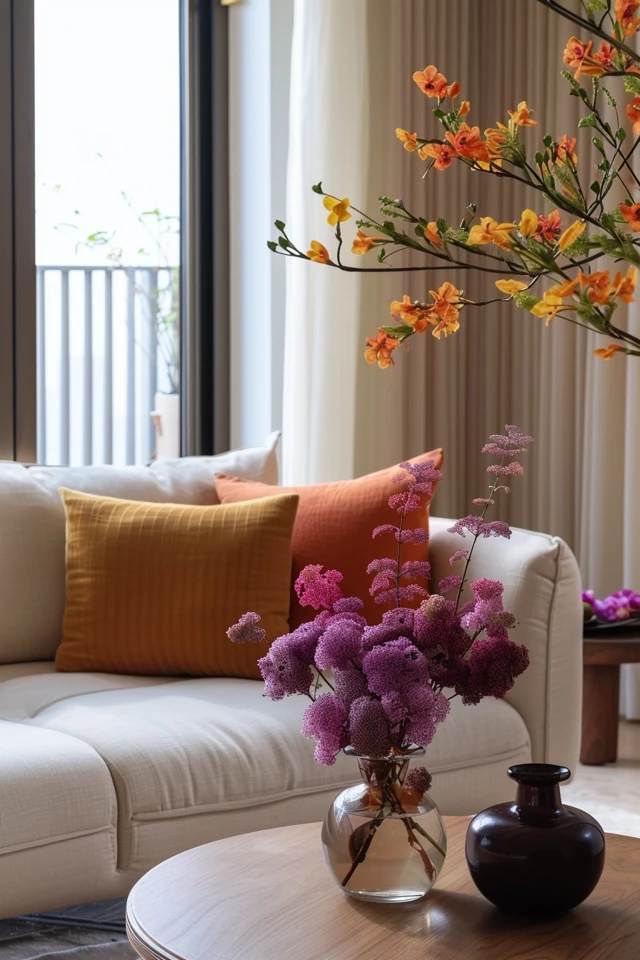
1. Incorporate Natural Materials
Using natural materials is fundamental in creating a Japanese-inspired living room. These materials not only add aesthetic value but also promote a sense of calm and connection to nature.
Wooden Elements: Choose furniture and decor made from natural wood. Light woods like bamboo, maple, or oak are excellent choices. A wooden coffee table, shelving, and floor panels can instantly bring a touch of nature into your living room.
Bamboo and Rattan: Incorporate bamboo and rattan in your furniture and accessories. Bamboo blinds, rattan chairs, and bamboo wall art can add texture and interest to the space while maintaining a natural feel.
Stone and Pebbles: Use stone elements to enhance the Zen vibe. A stone fireplace, pebble-filled vases, or a stone sculpture can serve as focal points that evoke a sense of tranquility.
Natural Fabrics: Opt for natural fabrics like cotton, linen, and wool for your cushions, throws, and upholstery. These materials are not only comfortable but also contribute to the overall natural aesthetic.
Indoor Plants: Add indoor plants to your living room to purify the air and enhance the natural ambiance. Bonsai trees, bamboo plants, and ferns are excellent choices for a Japanese-inspired space.
2. Utilize Minimalist Design Principles
Minimalism is a core aspect of Japanese design, focusing on simplicity, functionality, and the elimination of clutter. This approach helps create a peaceful and orderly environment.
Declutter: Start by decluttering your living room. Keep only the essentials and remove unnecessary items. This will help create a clean and serene space.
Simple Furniture: Choose simple, functional furniture with clean lines. Avoid overly ornate or bulky pieces. Low-profile sofas, sleek coffee tables, and minimal shelving units work well in a minimalist living room.
Open Space: Emphasize open space and allow for free movement. Avoid overcrowding the room with furniture and decor. An open layout promotes a sense of calm and spaciousness.
Hidden Storage: Incorporate hidden storage solutions to keep the room tidy. Built-in cabinets, storage ottomans, and furniture with concealed compartments can help maintain a clutter-free environment.
Neutral Colors: Use a neutral color palette with shades of white, beige, and gray. These colors create a calming backdrop and allow the natural materials and textures to stand out.
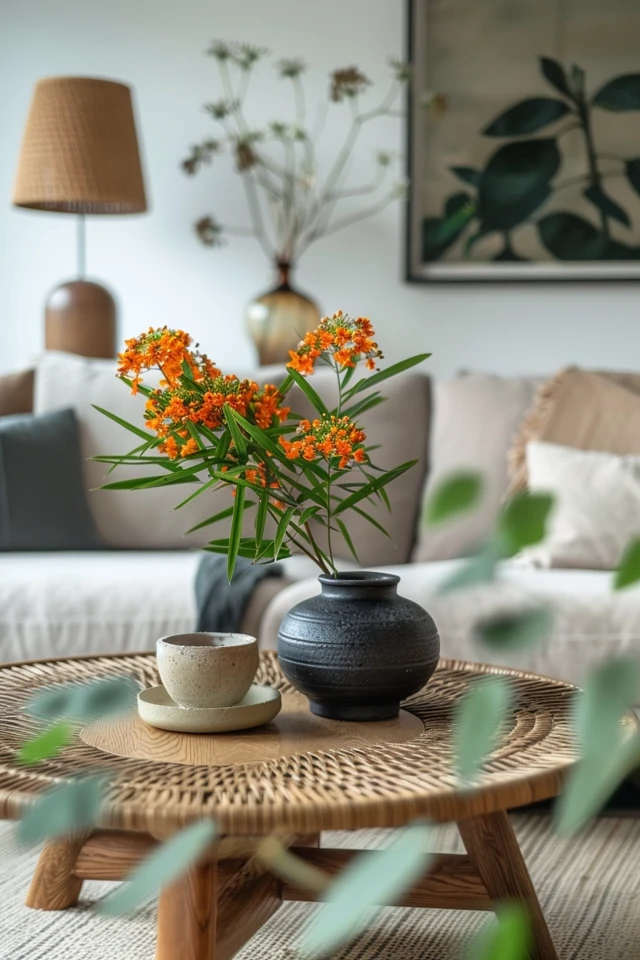
3. Integrate Traditional Japanese Elements
To achieve an authentic Japanese vibe, incorporate traditional Japanese elements into your living room design. These features add cultural richness and a sense of history to the space.
Shoji Screens: Use shoji screens as room dividers or window treatments. These traditional Japanese screens are made from translucent paper and wooden frames, allowing light to filter through softly.
Tatami Mats: Incorporate tatami mats as flooring or as part of your seating area. These mats are made from woven straw and provide a natural, textured surface that is both comfortable and aesthetically pleasing.
Fusuma Doors: Consider using fusuma doors to separate different areas of your living room. These sliding doors are made from wood and paper and can add an authentic Japanese touch to your space.
Japanese Art: Display traditional Japanese art, such as ukiyo-e prints, calligraphy, or ikebana arrangements. These art forms not only add visual interest but also connect the space to Japanese culture.
Zen Garden: Create a small indoor Zen garden with sand, stones, and a few carefully placed plants. This can serve as a meditative focal point in your living room.
4. Focus on a Calming Color Palette
The color palette you choose for your living room plays a significant role in creating a tranquil and relaxing environment. Opt for soothing, nature-inspired colors to achieve a Zen vibe.
Neutral Tones: Start with a base of neutral tones like white, beige, and light gray. These colors create a serene backdrop and enhance the sense of space.
Earthy Hues: Incorporate earthy hues like soft greens, browns, and muted blues. These colors evoke nature and contribute to a calming atmosphere.
Accent Colors: Use accent colors sparingly to add interest without overwhelming the space. Subtle accents in shades of terracotta, sage, or charcoal can add depth and warmth.
Natural Wood Finishes: Highlight the natural beauty of wood by keeping it in its original finish. The warm tones of natural wood add richness and texture to the color palette.
Soft Lighting: Choose lighting that enhances the calming color palette. Warm white or soft yellow light bulbs create a cozy and inviting ambiance.

5. Add Personal Touches
While maintaining a minimalist and Zen aesthetic, it’s important to add personal touches that make the space uniquely yours. These elements reflect your personality and make the living room feel like home.
Personal Artifacts: Display personal artifacts and mementos that have special meaning to you. These items add character and tell a story about who you are.
Handcrafted Items: Incorporate handcrafted items like pottery, textiles, or woodwork. These pieces add a unique touch and showcase craftsmanship and artistry.
Customized Decor: Create custom decor items that reflect your style and preferences. Whether it’s a hand-painted canvas or a DIY project, personalized decor adds a distinctive touch.
Books and Collections: Display your favorite books, collections, or hobbies. These items not only add visual interest but also make the space feel more personal and inviting.
Comfort and Functionality: Ensure that the living room is comfortable and functional. Add cozy cushions, throws, and seating that encourage relaxation and enjoyment of the space.
Conclusion
Designing a Japanese-inspired living room is about creating a space that promotes peace, relaxation, and a deep connection to nature. By incorporating natural materials, utilizing minimalist design principles, integrating traditional Japanese elements, focusing on a calming color palette, and adding personal touches, you can achieve a Zen space that is both beautiful and functional.
As an architect and interior designer, I believe that a well-designed living room should be a sanctuary where you can unwind and recharge. The Japanese design philosophy offers a timeless and elegant approach to achieving this goal. Embrace the simplicity, harmony, and natural beauty of Japanese design, and transform your living room into a serene retreat that reflects your personal style and promotes well-being.
Inspirational Pictures
